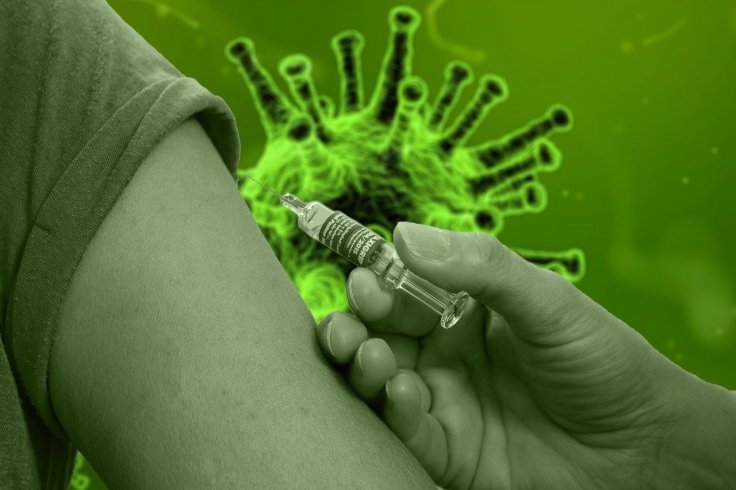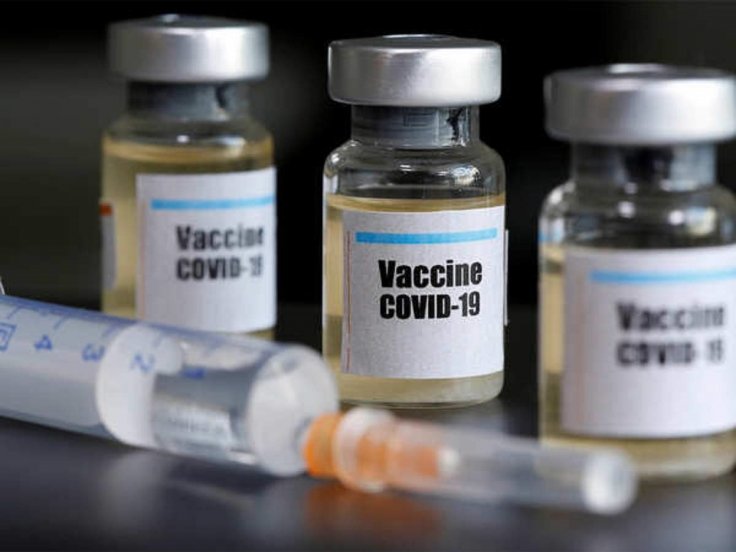Pfizer vaccine has been making headlines since the developers announced its 90 percent efficacy. The jab has been trialed on 43,500 individuals in six countries, with no safety concerns raised. But an Australian, living in the US complained about noticing some side effects.
In fact, Australian Prime Minister Scott Morrison ordered 10 million doses of the Pfizer vaccine and the American COVID-19 vaccine candidate could be rolled out across the Oceania country from next year if it gets approved. The world is extremely hopeful about the Pfizer vaccine as the developers reported a 90 percent effectiveness rate in late-stage clinical trials.
But it was reported that some of the trial participants suffered fevers and migraines after receiving the jab. Stanley Wang, an Australian who lives in Los Angeles, also noticed these unpleasant side effects, including a complication that he called "similar to a hangover". Wang said, "What's interesting is they do keep you thereafter they inject you for about 30 minutes to make sure you're okay and then they'll send you home."

Side Effects
Wang took his first injection on August 31. But at that time, he did not experience any pain from the vaccine shot or Coronavirus symptoms. According to him, 50 percent of the COVID-19 vaccine trial participants received the placebo, while the other half got the actual vaccine. "My injection didn't hurt which leads me to believe that I have the placebo," said Wang.
He volunteered for phases two and three of the Pfizer trial because the Australian man wanted to help the world in some way during the pandemic. "I wanted to do something so I looked up what I could do and I came across these trials that people were enrolling in to help with the efforts," Wang said.
He also noticed that the vaccine is stored at minus 70 degrees Celsius and it takes around 15 minutes for medical workers to thaw it out. While the Pfizer-BioNTech COVID-19 vaccine needs plenty of cold storage, the manufacturers of dry-ice have been sounding the alarm for months that demand for cold storage of eventual vaccine samples is going too far to outpace supply.
However, Wang is paid $120 per visit and needed to attend either six or seven appointments. He also got $5 per week by entering his symptoms in an app.
Comparison with Oxford Vaccine
The other promising vaccine, Oxford-AstraZenca's Coronavirus vaccine candidate, also caused side effects. In September, a volunteer revealed he suffered fever, chills, headache and fatigue 14 hours after having the anti-COVID jab.
"I woke up about 2 am and I was freezing but had a temperature above 39 degrees Celsius. I felt incredibly weak and couldn't really get up and move so my partner had to get me a paracetamol," said the trial participant. He also complained about feeling lethargic, while the temperature continued for about a day.
Australia to Get a Vaccine
It was reported that Australia is expected to get the vaccine in March. Country's Health Minister Greg Hunt believes that the nation is on track to meet its timeline to start immunization of people in the first quarter of 2021.

As per the minister, the health workers, the elderly, and aged care staff would be the first priority. Meanwhile, Morrison will discuss the government's vaccination policy with state and territory counterparts during Friday's national cabinet meeting.
Oxford vaccine production has also started in Australia. Local media reported that 30 million doses of the vaccine will enter manufacturing in Victoria this week. Hunt said that the vaccine is going to be voluntary but "we will encourage as many people as possible." The minister also said, "We are confident that we will have a very high take-up among the Australian population."









